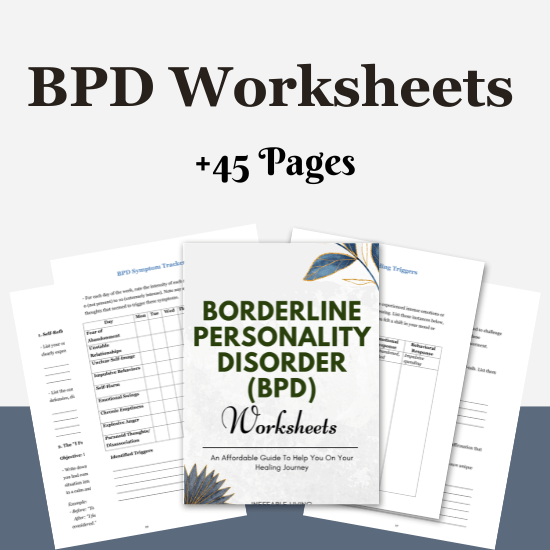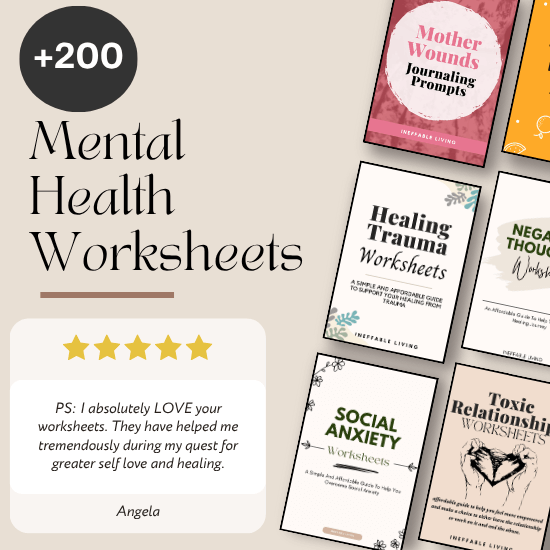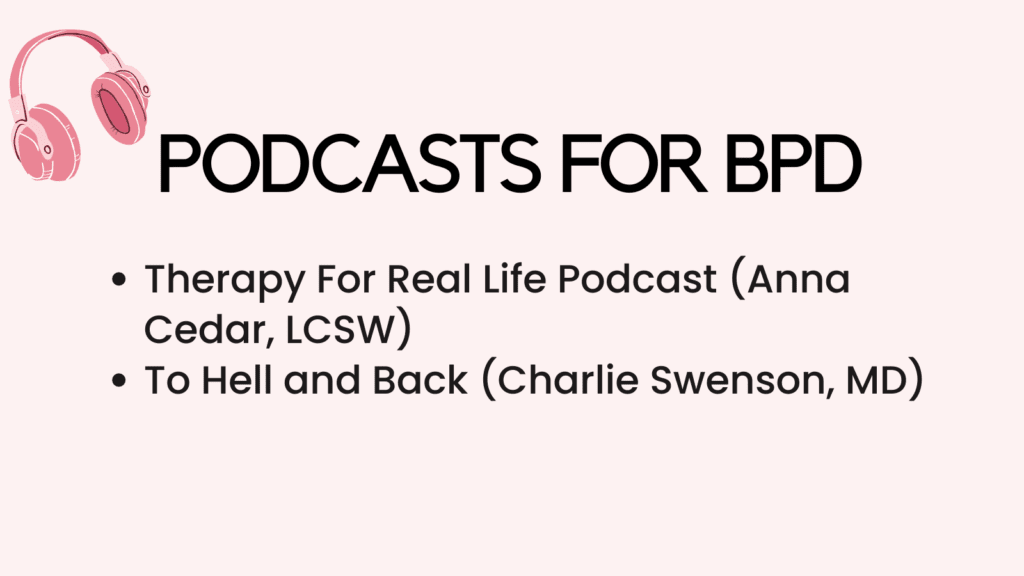For many people with Borderline Personality Disorder (BPD), intense emotional surges can feel like an emotional hijacking. One minute, you’re okay. The next, you’re flooded with rage, panic, shame, or grief — and it feels like you’re losing control of your mind, your body, or your behavior. This fear of losing control isn’t imagined. It’s often rooted in real trauma and nervous system dysregulation.
But you can learn to recognize these emotional waves early and respond in ways that protect your relationships, your peace, and your sense of self.
Here’s how to navigate those moments of emotional overload — without letting them control you.
What the Fear of Losing Control Really Feels Like
- Feeling like you’ll explode if you don’t react immediately
- Believing you might say or do something that ruins everything
- A rush of panic, shame, or anger that makes it hard to think
- An urge to scream, run, break something, or completely shut down
- Feeling embarrassed or afraid of how others will react to you
This fear doesn’t come out of nowhere — it often develops from a life of emotional invalidation, trauma, or not feeling safe to express your emotions.
Why This Fear Is So Strong in BPD
People with BPD often grew up in environments where emotions were punished, ignored, or made unsafe. You may have learned:
- If you express anger, people leave
- If you cry, you’re too much
- If you stay silent, the pain eats you alive
So now, when emotions rise, your body thinks it’s an emergency. You’re not just reacting to the present — you’re protecting yourself from the past.
Related: Top 7 Skills For Coping With BPD [+ BPD FREE Resources]
What Losing Control Might Look Like
- Saying something you don’t mean during an argument
- Sending 10 emotional texts, then feeling deep regret
- Self-harming to release the pressure
- Acting impulsively — quitting a job, ending a relationship, or running away
- Dissociating, zoning out, or feeling like you’re outside your body
These actions aren’t about attention. They’re desperate attempts to regain a sense of control in the middle of emotional chaos.
The Hidden Fear Beneath It All
At the core, the fear of losing control often hides even deeper fears:
- “If I feel this, I’ll fall apart.”
- “If they see this side of me, they’ll leave.”
- “If I don’t do something right now, I’ll disappear.”
But feelings aren’t fatal. And learning how to sit with them, even just for a moment, is how you begin to take your power back.
Related: What Is Quiet Borderline Personality Disorder?
BPD and Fear of Losing Control: How to Respond When Emotions Surge
1. Understand Why the Fear of Losing Control Is So Strong
When you live with BPD, emotions don’t just come and go — they crash in like waves. You may feel like:
- You’re about to explode or say something you’ll regret
- You’ll hurt yourself or someone else
- You’ll be swallowed up by the emotion completely
- You need to do something right now just to make it stop
The fear is real because past experiences may have taught you that emotions equal chaos, danger, or rejection. But emotions are not emergencies — they’re messages.
2. Know What an Emotional Surge Feels Like in Your Body
Start tracking what happens before you feel out of control:
- Tight chest, clenched jaw, rapid heartbeat
- Racing thoughts or black-and-white thinking
- Urges to text, scream, self-harm, or shut down
- Feeling disconnected from your body or surroundings
- “Flooding” — like your brain has gone offline
Recognizing the signs early gives you a chance to intervene before the emotion takes over.
3. Use the STOP Skill Immediately
From DBT, this skill helps you respond rather than react:
- Stop: Freeze. Don’t move, don’t speak.
- Take a step back: Leave the room if needed. Breathe.
- Observe: What are you feeling physically and emotionally? What triggered you?
- Proceed mindfully: Choose a response that aligns with your long-term goals, not your immediate urge.
This creates a mental pause so you can regain access to your thinking brain.
Related: Borderline Personality Disorder Support Group
4. Apply TIPP Skills to Regulate Fast
TIPP is a set of emergency distress tolerance techniques:
- Temperature: Hold an ice pack or splash cold water on your face.
- Intense exercise: Do 30 seconds of jumping jacks, squats, or fast walking.
- Paced breathing: Inhale for 4, exhale for 6.
- Progressive muscle relaxation: Tense and release each muscle group slowly.
These tools target your nervous system, calming your body so your mind can come back online.
5. Validate Your Experience Instead of Fighting It
Say to yourself:
- “This feeling is intense, but it won’t last forever.”
- “I’m allowed to feel this. I don’t have to act on it.”
- “This is my nervous system reacting to a trigger — not a reflection of who I am.”
The more you validate instead of shame yourself, the more in-control you’ll begin to feel.
6. Give the Emotion a Name and a Shape
Label what’s happening: “This is fear,” “This is shame,” “This is rejection panic.”
Then ask: Where do I feel it in my body? What does it look like? What does it want to say?
Naming emotions gives you power. You are not your emotion — you are having an emotion.
7. Create a “Crisis Plan” in Advance
Make a plan you can follow when you feel the surge coming. Include:
- 3 things that help you ground
- 1 safe person to call or message
- A list of reminders: “I’ve survived this before,” “This will pass,” “I don’t need to fix it — I need to feel it”
- A distraction list: music, sensory objects, drawing, writing, movement
When your brain is overwhelmed, having a written plan can guide you back.
8. Use Delayed Action as a Safety Tool
Don’t hit send. Don’t quit the relationship. Don’t make permanent decisions when the emotion is temporary.
Tell yourself: “If I still feel this way in 24 hours, I can choose again.”
This one tool alone can protect your relationships and your self-respect.
9. Process the Surge After It Passes
Once the emotion fades, reflect without shame:
- What triggered this?
- What helped me stay grounded?
- What can I try next time?
- What was I really afraid of?
Each surge gives you more data — more self-awareness to build from.
Related: Borderline Personality Disorder (BPD) Resources (Information, APPS, Podcasts, TED Talks, Books)
10. Remind Yourself That Control Doesn’t Mean Suppression
Your goal isn’t to shut down emotions. It’s to hold them without letting them control your actions. Real control is calm, not forceful. It says: “I can feel this fully and still choose how I respond.”
That’s emotional maturity — and every time you practice it, you’re rewiring your brain for stability.

Conclusion
The fear of losing control during emotional surges is real and powerful — but it doesn’t have to define your life. You are not weak for feeling deeply. You are strong for learning how to stay with those feelings without letting them burn everything down.
Every pause you take, every breath you breathe through the panic, every time you delay a destructive action — you’re healing. You’re reclaiming your power.
You’re not out of control. You’re learning control. And that is everything.



![BPD Support Groups [Online & In-Person]](https://ineffableliving.com/wp-content/uploads/2022/09/Borderline-Personality-Disorder-Support-Group-1024x576.png)